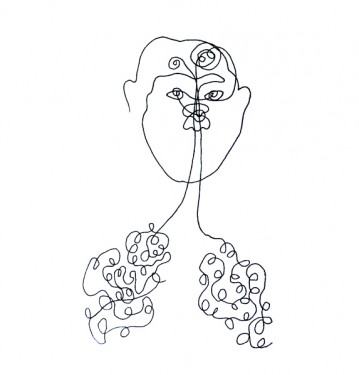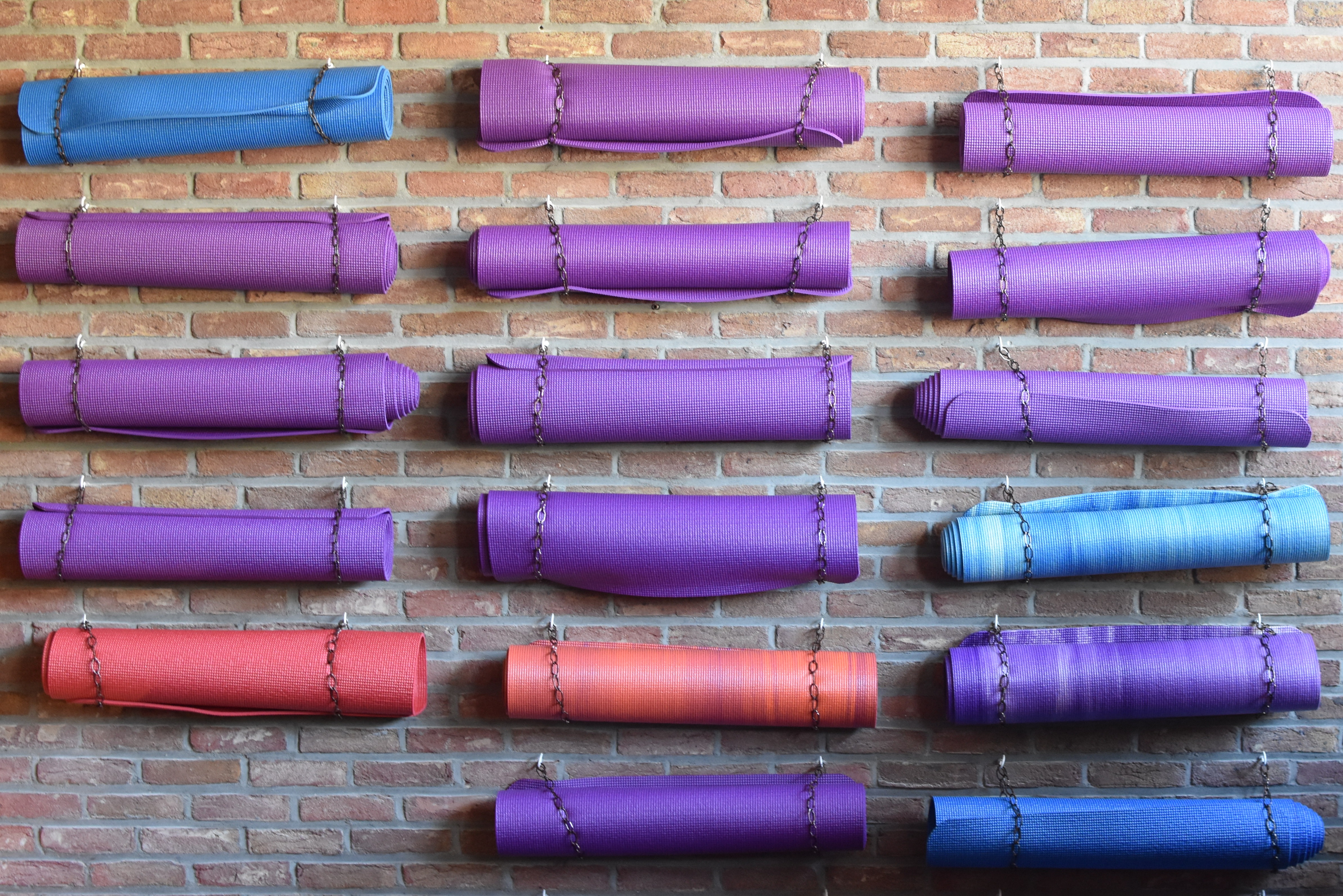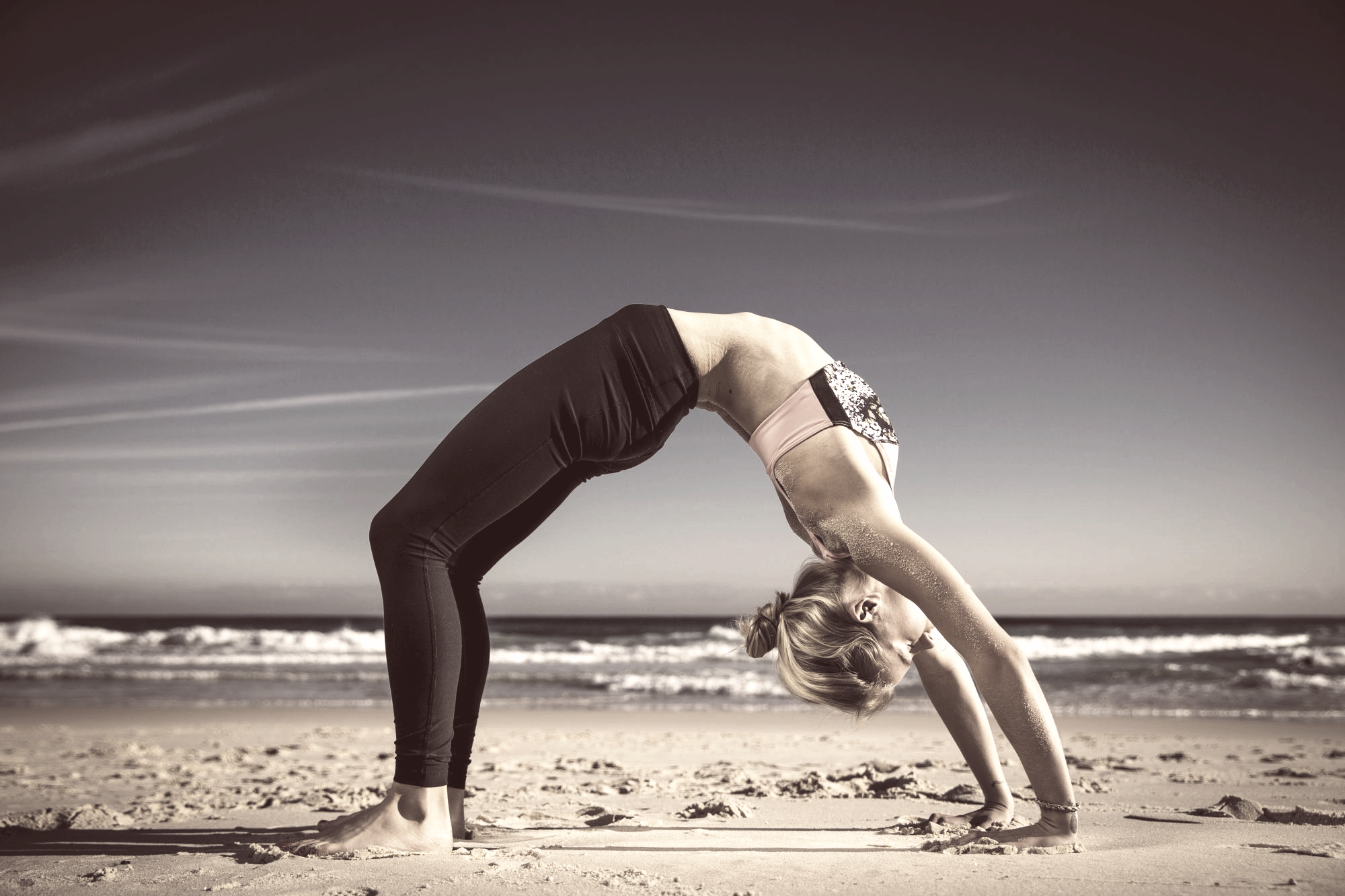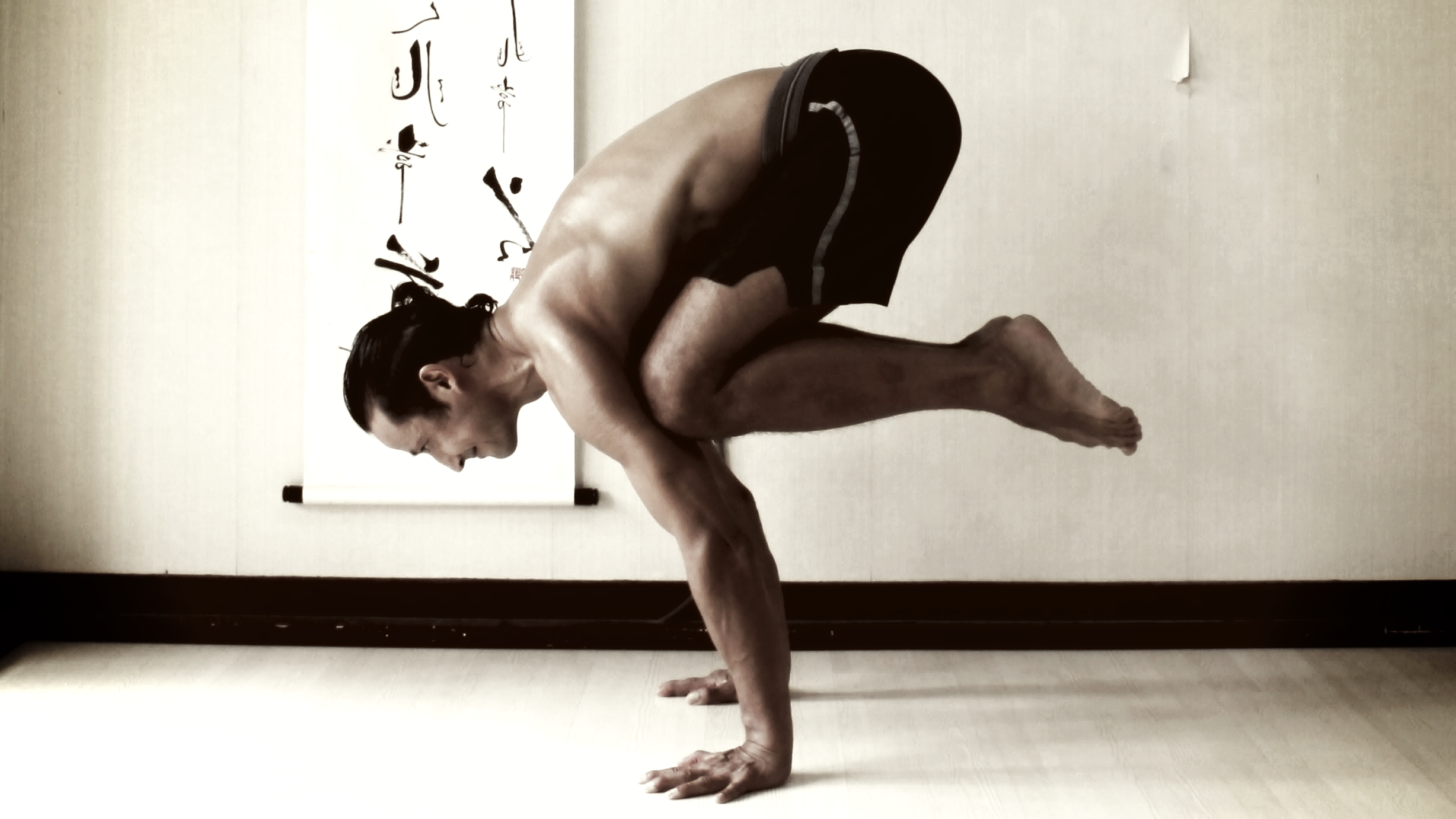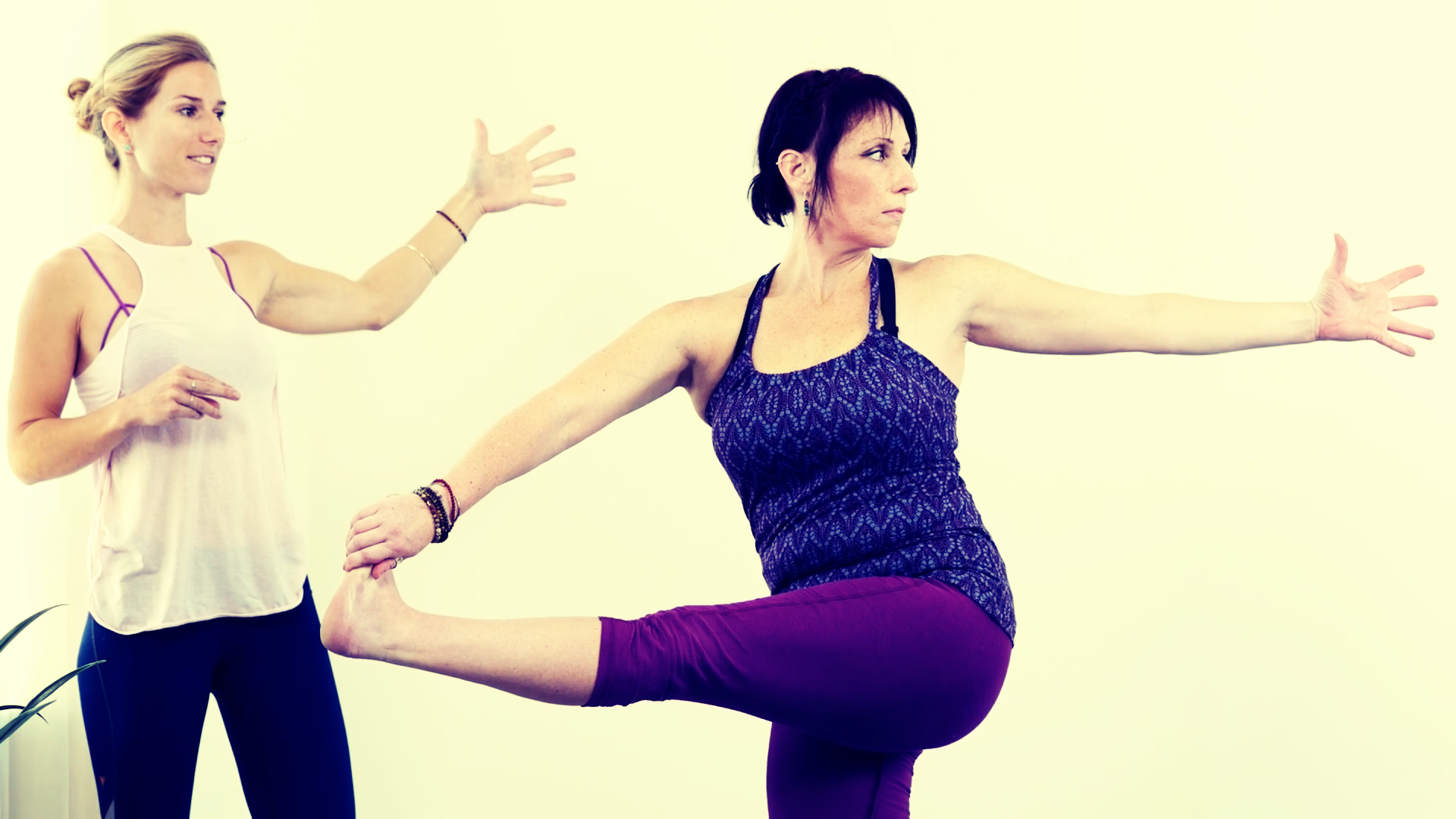We are all reminded to keep our breath flowing throughout our practice, this is the foundation to our practice. I have heard many people mention that theycan’t help but steer away from the importance of their breath when they are wrapped in a pretzel style yoga pose, think eagle pose with eagle arms. Take a look below for extra inspiration for different types of breathing.
Upper-Chest Breathing Lie on your back, placing one hand on your upper chest and the other on your abdomen. If the hand on your chest moves as you breathe but the one on the abdomen does not, you’re definitely a chest-breather. Anything more than slight movement in the chest is a sign of inefficient breathing.
Shallow Breathing Lie on your back and place your hands around your lower ribs. You should feel an effortless expansion of the lower ribs on the breath in and a slow recoil on the breath out. If your ribs remain motionless, your breathing is too shallow, even if your belly moves.
Overbreathing Lie down and take a few minutes to let your body establish its relaxed breathing rate. Then count the length of your next exhalation and compare it to the length of the following inhalation. The exhalation should be slightly longer. If not, you are an overbreather. As a second test, try to shorten your inhalation. If that causes distress you are probably an overbreather. Because it is easy to manipulate the outcome of these two tests, you may want someone else to count for you at a time when you are not paying attention to your breath.
Holding the breath Holding one’s breath after inhaling may be the most common poor breathing habit. To determine if you do this, pay attention to the transition from inhalation to exhalation. A breath-holder usually feels a “catch” and may actually struggle to initiate the exhalation. This tendency is particularly noticeable during exercise. You can reduce the holding by consciously relaxing your abdomen just as an inhalation ends.
Breathing in reverse Reverse breathing happens when the diaphragm is pulled into the chest upon inhalation and drops into the abdomen on exhalation. Lie on your back and place your hands on your abdomen. The abdomen should slowly flatten as you exhale and rise gently as you inhale. If the opposite occurs you are a reverse breather.
Open mouth Breathing It’s fairly easy to notice if you’re a mouth-breather; if you’re not sure, ask your friends or try to catch yourself at unguarded moments.

